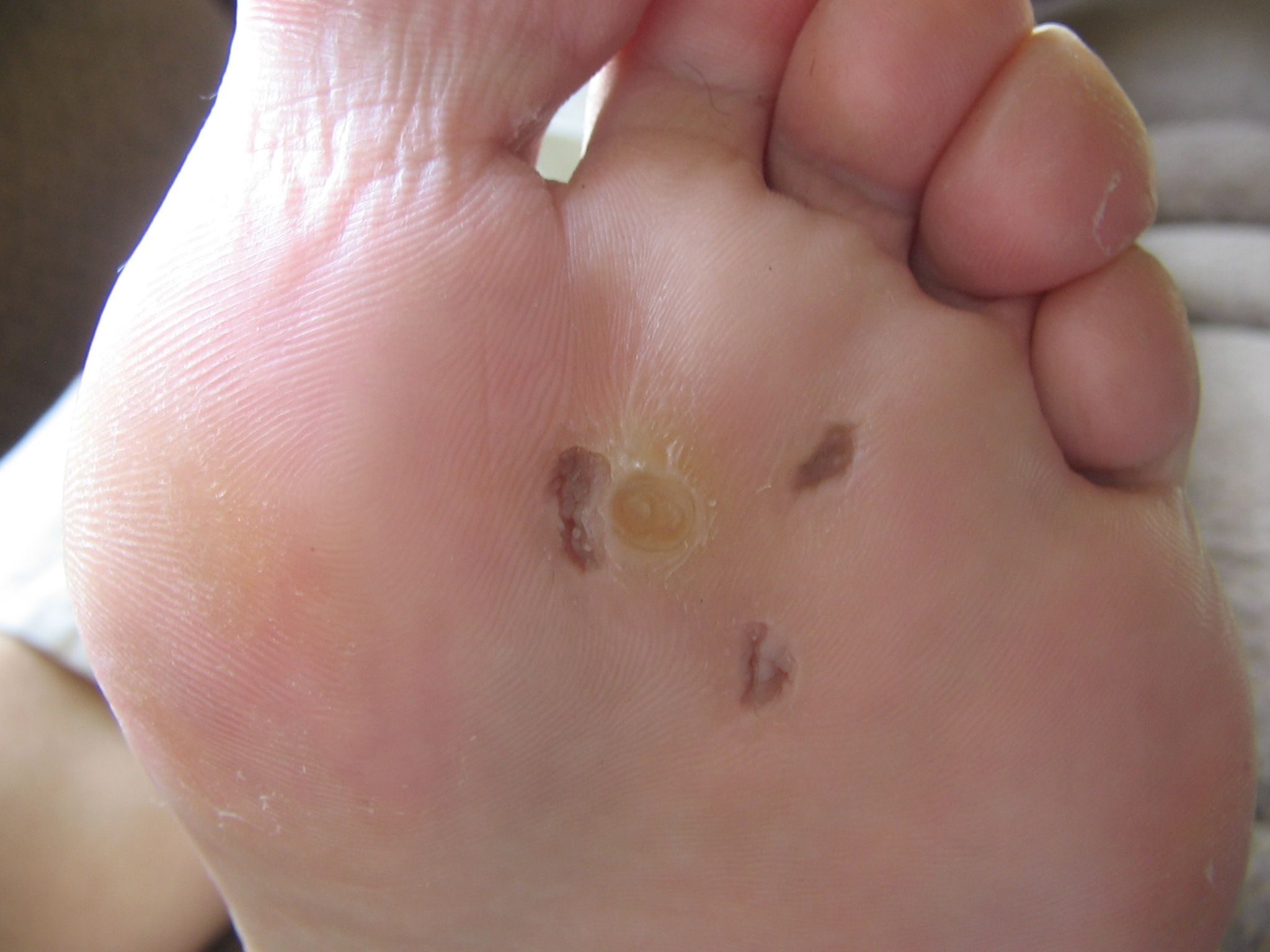Plantar warts are skin growths that can be found under the soles of your feet. This is noncancerous however, it can be painful. The main cause of plantar warts is human papillomavirus (HPV), which enters the body through breaks or skin cuts in the heels and balls of the feet. This may also grow even in the callus part of the feet.
Generally, warts do no need medical attention but if your plant warts are painful, was infected or if it affects the way you walk, then, medical help is needed. Part of the plantar wart treatment is tracking the history when the wart was first discovered. Knowing when it was first seen may help identify the possible causes of plantar wart.
What are the symptoms of plantar wart?
Plantar wart may go unnoticed at first. However, some symptoms of Plantar Wart may include:
- Small skin growths under the feet
- Pain under your foot
- Callus over the area where the wart is growing upward
- Feet surface is brownish or yellowish in color
- Dark spots that are thrombosed which may contain blood clots
- Spongy and bumpy lesions
- Small lesion that interrupt the ridges and lines of feet
- May feel some tenderness under the feet when standing for long
- Plantar warts may developed mosaic warts.
- People with plantar warts may also feel leg pain
- When untreated, plantar warts may also developed into kissing warts
Symptoms of plantar wart maybe ignored by majority of people however, those who have diabetes, should not ignore plantar warts especially if their warts are painful and infected. If you have diabetes and plantar warts, it is recommended that you visit your health care provider for proper plantar wart treatment.
What are the causes of plantar wart?
The main cause of plantar wart is the HPV type 1. These human papillomavirus gains access to the body through cuts or bruises in the skin. It is transmitted through the others by direct contact that also has plantar warts. However, the immune system plays a major role in the development of HPV. It is unknown why some people develop the warts than their counterparts.
HPV tends to grow in areas that are warm and mostly moist environments like locker rooms, public swimming pools and public communal showers. For hygienic reasons, avoid walking barefoot in gym or communal showers, in order to avoid getting plantar warts.
To avoid the development of plantar warts, avoid getting cracks in the dry skin and skin cuts. Prolonged exposure to water may also lead to macerated skin in which the skin becomes susceptible to plantar wart.
What is the risk factors affecting plantar wart?
It is unclear why some people develop warts than the others. However, some risk factors increase the development of warts. Some factors may include:
- Children
- Teens
- People who share public showers
- Those who have skin trauma
- People who have weak immune system due to certain illnesses.
What is Plantar Wart Treatment?
Plantar warts often do not require any treatment but if your warts becomes painful and gives uncomfortable feeling, you may consider removing it. However, before you start plantar wart treatment, you need to understand that warts can be stubborn and may come back later on. For the plantar warts treatment to be successful, may need multiple interventions and patience.
Some of the plantar warts treatments are:
1. Prescription Creams
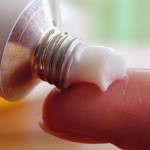 Prescription creams is first given to patients with plantar warts. The prescription creams is directly applied to the wart area. It has immunotherapy properties that encourage the body to release cytokines to fight HPV. However, prescription creams may be risky as this may result to flu like side effects.
Prescription creams is first given to patients with plantar warts. The prescription creams is directly applied to the wart area. It has immunotherapy properties that encourage the body to release cytokines to fight HPV. However, prescription creams may be risky as this may result to flu like side effects.
Â
Â
2. Cryotherapy
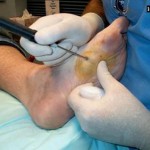 Cryotherapy or freezing uses liquid nitrogen that is applied to the warts. The freezing may result to a blister that may normally come off after a few days.
Cryotherapy or freezing uses liquid nitrogen that is applied to the warts. The freezing may result to a blister that may normally come off after a few days.
3. Salicylic Acid
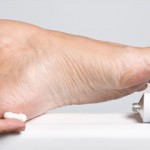 The foot affected with warts is soaked with water for about 4 to 5 minutes. Then dry the foot with clean towel. When the foot is dry, you may apply salicylic acid. You may repeat the process everyday for one week. If the desired result is not observed, you may visit your physician.
The foot affected with warts is soaked with water for about 4 to 5 minutes. Then dry the foot with clean towel. When the foot is dry, you may apply salicylic acid. You may repeat the process everyday for one week. If the desired result is not observed, you may visit your physician.
Â
Â
4. Apple Cider Vinegar
 The warts are soaked with apple cider vinegar for about 15 minutes. You may gently remove the dead tissue in the wart area. Place a cotton ball soaked with apple cider vinegar and cover it with clean bandage.
The warts are soaked with apple cider vinegar for about 15 minutes. You may gently remove the dead tissue in the wart area. Place a cotton ball soaked with apple cider vinegar and cover it with clean bandage.
Â
5. Minor Surgery
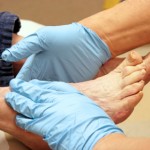 Minor surgery is the last option in treating plantar warts. This process uses electric needle to cut the warts, however, this type of treatment may result to scarring.
Minor surgery is the last option in treating plantar warts. This process uses electric needle to cut the warts, however, this type of treatment may result to scarring.
There are several plantar wart treatment but people with diabetes should visit their health care provider to removed the warts and avoid possible infections. Your doctor will monitor the wound as well as the quality of wound healing.
